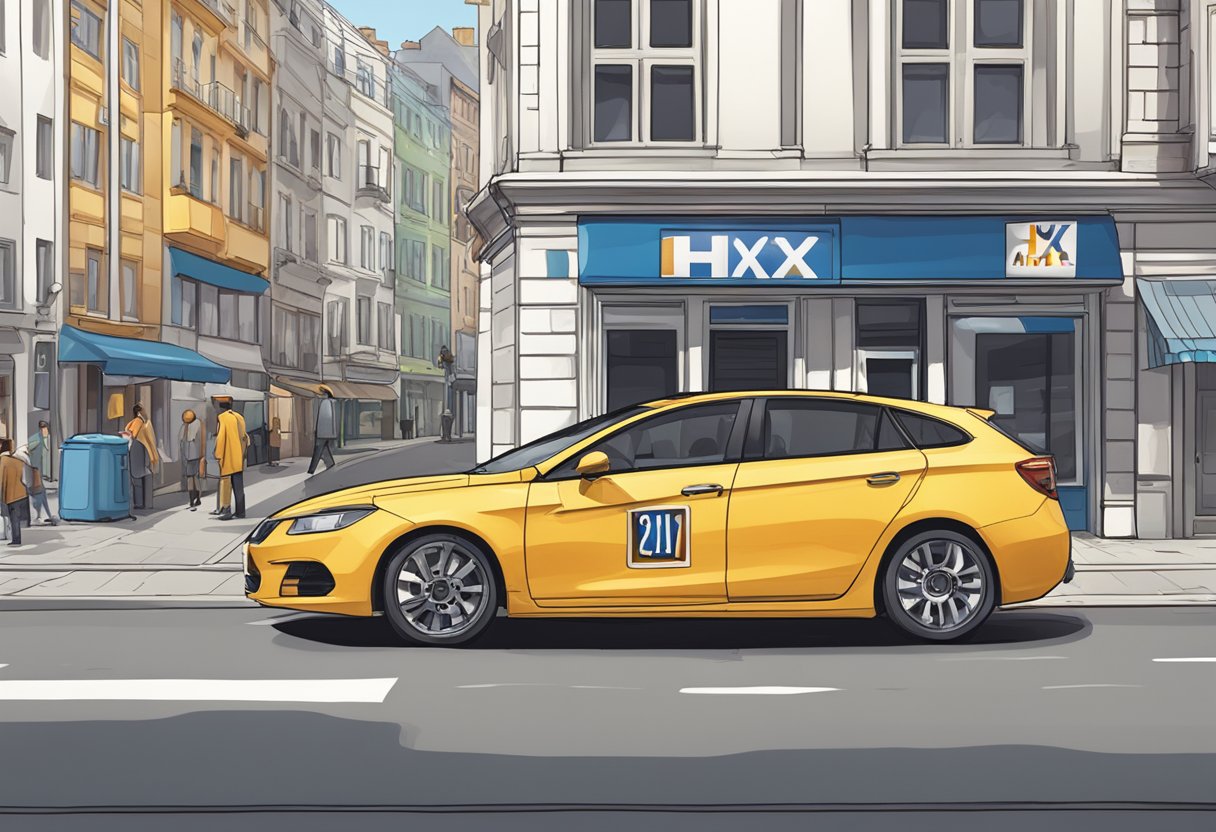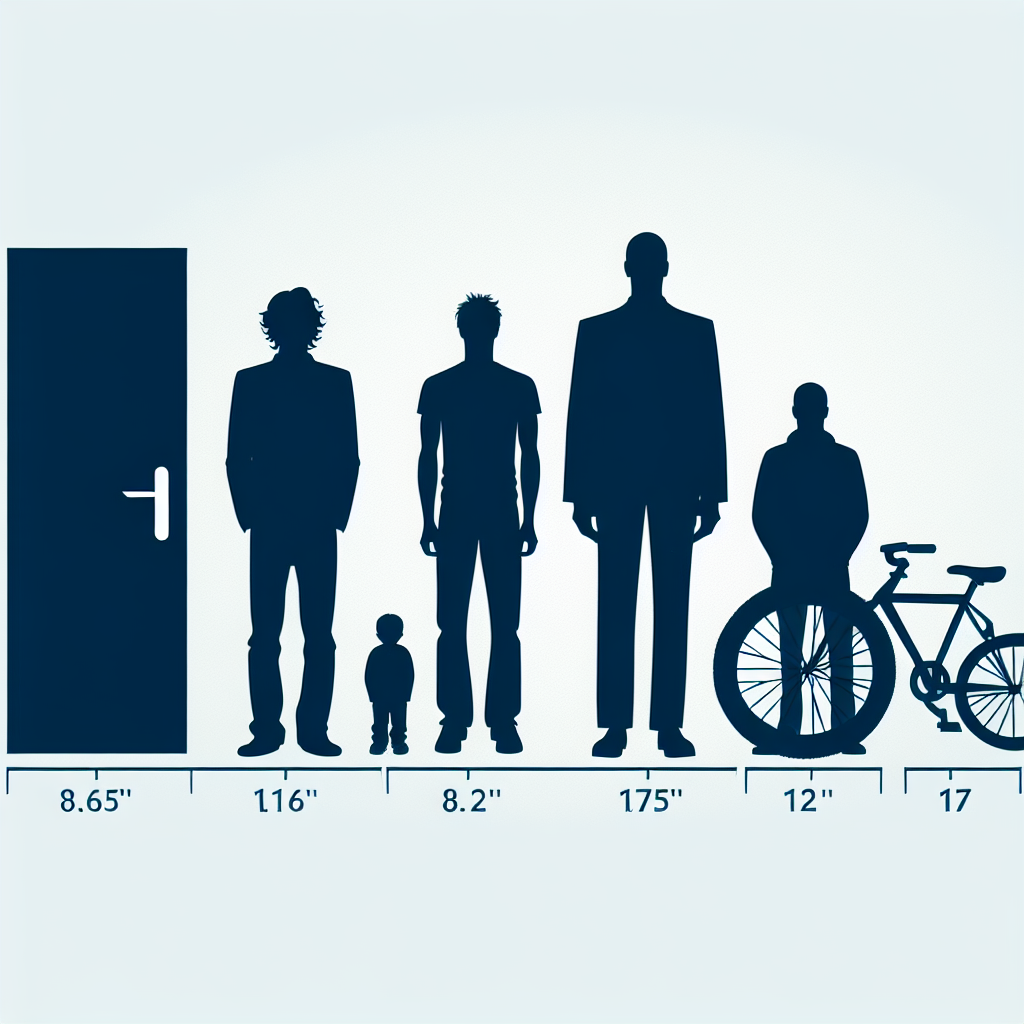An In-Depth Analysis of China's EV Market Share in 2023
As the world transitions to electric vehicles (EVs), China emerges as a pivotal player in the EV market. This article delves into the intricacies of China's EV market share, examining growth metrics, dominant players, and regional influences that define this burgeoning landscape.

Understanding the Scope of China's EV Market Share
China's electric vehicle market is not just the largest in the world; it's also a complex ecosystem comprising numerous manufacturers, government policies, and consumer preferences. As of 2023, China's EV market share is estimated to account for more than 50% of the global EV sales, making it a vital area for investment and innovation.
Key Players in China's EV Market
China's EV market is characterized by a host of local and international players vying for prominence. Some of the most significant manufacturers include:
- BYD: BYD has made substantial gains in terms of market share, establishing itself as a leader in both battery production and electric vehicle manufacturing.
- SAIC Motor: As one of the largest automotive manufacturers in China, SAIC has invested heavily in joint ventures focused on electric mobility.
- NIO: Known for its innovative battery swap technology, NIO continues to carve out a competitive position in the premium EV market segment.
- Tesla: While Tesla is a U.S. brand, it has a substantial manufacturing presence in Shanghai, contributing significantly to the EV landscape in China.
Market Share Distribution Across Domestic Brands
In 2023, the competitive landscape shows a remarkable shift, with homegrown brands capturing a notable share. BYD alone holds approximately 20% of the market. This robust performance can be attributed to its strategic pricing and diversification of models to cater to different consumer demographics.
Other domestic players, such as Xpeng and Li Auto, are also gaining traction. Xpeng registered a significant increase in 2023, marking a market share increase to around 6%. This growth is driven by advancements in autonomous driving technology and a strong focus on software development.
Government Policies and Their Impact on Market Share
Government policies play a crucial role in shaping China’s EV market share. The Chinese government has introduced a series of incentives aimed at promoting EV adoption. These policies include:
- Subsidies: Direct financial incentives for consumers purchasing electric vehicles, substantially boosting sales.
- Regulations: Regulations mandating that a certain percentage of cars sold by dealers be zero-emission vehicles.
- Infrastructure Investment: Rapid expansion of EV charging stations, which reduces consumer range anxiety and encourages adoption.
These policy measures have catalyzed market growth, but they are also continuously evolving. For instance, recent changes include a phase-out of subsidies for low-end models, which is pushing manufacturers to innovate and elevate their offerings.
Regional Dynamics Influencing Market Share
The regional distribution of EV sales in China is pivotal in understanding the overall market share. Megacities like Beijing, Shanghai, and Guangzhou have seen a high penetration rate of electric vehicles, mainly due to urban policies restricting traditional fuel vehicles. This trend has enabled brands like NIO and BYD to dominate in urban sales.
However, second and third-tier cities are catching up. These regions are increasingly adopting electric vehicles thanks to lower pricing and local government incentives. As a result, major brands are expanding their distribution networks and marketing strategies to capture this emerging demand.
Analyzing Market Trends and Future Projections
As we look to the future, the trajectory of China’s EV market share appears robust. Analysts predict that by 2025, China’s market share in the global EV segment may reach as high as 70%, bolstered by continuous technological advancements, competitive pricing strategies, and aggressive expansion from domestic manufacturers.
Moreover, emerging segments like electric commercial vehicles are gaining momentum, further diversifying the market. Companies such as Dongfeng and Geely are ramping up their efforts in EV freight solutions, contributing to an expanded market share.
Challenges Facing China's EV Market Share
Despite the positive predictions, challenges remain. Competition from international brands is intensifying, particularly from Tesla and established German automobile manufacturers, which are launching aggressive strategies to capture market share.
Additionally, supply chain issues pertaining to raw materials for batteries, such as lithium and cobalt, could hinder growth. As manufacturers scale up production, managing these logistics while ensuring sustainability will be crucial for maintaining market share.
Conclusion
In conclusion, China's electric vehicle market share presents a dynamic and evolving landscape. With local players gaining ground, stringent government policies facilitating adoption, and a growing appetite for EVs among consumers, the market is poised for continued expansion. However, remaining vigilant against emerging challenges, including increased competition and supply chain constraints, will be essential for stakeholders in this rapidly shifting environment.
New posts

Understanding the Model X Refresh: What You Need to Know
Tesla

Everything You Need to Know About the Xiaomi Car: Specs, Features, and Market Impact
Xiaomi

Understanding Model Y Wait Times: What to Expect in 2023
Tesla

Exploring AI Day at Tesla: Innovations, Insights, and Future Prospects
Tesla

Cathie Wood Latest: Insights into Her Investment Strategy and Market Moves
Investment

Exploring the Geely Radar RD6: All You Need to Know
Automotive

Understanding the Zeekr X Price: What You Need to Know
Electric Vehicles

Understanding the Tesla Model Y Performance: A Comprehensive Guide
Tesla

Exploring the Ford VW MEB Platform: A Deep Dive
Volkswagen

Exploring the Spaciousness of the Model Y Trunk Space: Everything You Need to Know
Tesla
Popular posts

Everything You Need to Know About NIO Registrations: A Comprehensive Guide
Sustainability

BYD Seal: Unraveling the Future of Electric Mobility
Sustainability

Unveiling the Xiaomi SU7 EV Lei: What You Need to Know
Xiaomi

Exploring the Ford VW MEB Platform: A Deep Dive
Volkswagen

Everything You Need to Know About Tesla EV: Questions Answered
Tesla

Unlocking the Future: BYD Solid State Battery Technology Explained
Innovation

Understanding NIO Pricing: A Comprehensive Breakdown
Electric Vehicles

Tesla Market Share: Current Trends and Future Projections
Tesla

What You Need to Know About Tesla FSD 12: Features, Advancements, and User Experiences
Innovation

Cathie Wood Latest: Insights into Her Investment Strategy and Market Moves
Investment